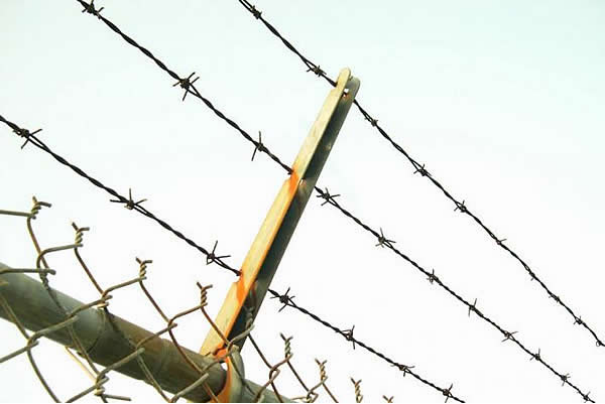 TEL:
+86-13102802206
TEL:
+86-13102802206
 Email:
fencenetting@china.com
Email:
fencenetting@china.com
 Language
Language
 TEL:
+86-13102802206
TEL:
+86-13102802206
 Email:
fencenetting@china.com
Email:
fencenetting@china.com
 Language
Language


Gabion Walls and Retaining Walls A Guide to Effective Soil Management
Gabion walls and retaining walls are essential structures in civil engineering that help manage and control soil erosion, provide stability to slopes, and improve landscaping aesthetics. Both structures serve similar purposes but differ significantly in design, materials, and application.
Gabion Walls
Gabion walls are made from wire mesh baskets filled with rocks or similar materials. These modular units are effective for various geotechnical applications due to their flexibility and permeability. The design of a gabion wall allows it to adapt to ground movement, which makes it particularly useful in areas with unstable soil conditions. The interlocking nature of the rocks within the mesh provides excellent drainage, reducing hydrostatic pressure behind the wall.
One of the primary advantages of gabion walls is their environmental benefits. The use of natural materials such as stones means they blend seamlessly with the surrounding landscape, fostering a more organic appearance than traditional concrete walls. Moreover, the gaps between the rocks allow vegetation to establish, leading to improved biodiversity and natural habitat creation.
Retaining Walls

In contrast, retaining walls are solid structures built to hold back soil and prevent erosion in sloped areas. Traditionally constructed from materials like concrete, brick, or stone, retaining walls may also incorporate integrated drainage systems to manage water buildup, which can exert pressure on the wall.
Retaining walls are crucial in landscaping projects and urban developments where land use is optimized. They create flat surfaces on sloped terrain, allowing for the construction of gardens, patios, or buildings. Retaining walls can be designed in various styles, from gravity walls that rely on their weight to counteract lateral forces, to cantilever walls that use leverage to support the soil.
Choosing Between Gabion and Retaining Walls
When considering which type of wall to use, factors such as soil type, water drainage, aesthetic preference, and environmental impact should be taken into account. Gabion walls are particularly advantageous in areas prone to heavy rainfall and erosion, while traditional retaining walls may be more suitable for locations requiring a more rigid structure.
In summary, both gabion and retaining walls play crucial roles in soil management and erosion control. While gabion walls offer flexibility and an eco-friendly approach, retaining walls provide solid support and structural integrity. Understanding the specific requirements of a project will aid in selecting the most effective solution for soil management, leading to sustainable and visually appealing landscapes.